Reg
Posts: 2787
Joined: 5/26/2000
From: NSW, Australia
Status: offline

|
quote:
ORIGINAL: dtravel
At those altitudes, the settings in the game are in 1,000' increments. So, at best, by shooting directly vertical a defending fighter would be shooting at a target at 1,000' range. Since in reality that effectively never happened (planes flying perfectly vertically up), we're talking about fighters firing at some kind of upward angle. Let's assume its a 45 degree angle, that would mean that the range from the fighter to the bomber is at least 1,400'. What kind of range did WWII fighters have?
Fact is stranger than fiction. There actually is a documented case of exactly this happening.
quote:
Shot Down From Nowhere
Hans-Arnold Stahlschmidt was one of JG 27's most successful fighter pilots with 59 victories, all of them achieved in North Africa. Twice he returned from behind the lines. The first occasion was on 21st February 1942 when he was shot down by the Australian ace Clive Caldwell, then flying Kittyhawks with 112 Squadron RAF. Caldwell, the most successful Allied pilot in the Middle East, was credited with 20 1/2 victories before being posted to the Pacific for further duty.
Stahlschmidt tells his own story of what happened that day in early 1942:
We started off with our six aircraft for Acroma and had reached it at a height of 4,500 metres. Homuth was leading the unit, Marseille was heading a Rotte with Feldwebel Keppler and I flying cover. I was using the adjutant's aircraft in which I had already flown over 100 missions. It was pretty old and tired and very slow but I kept using it because
it was reliable.
Suddenly, a flight of Curtiss P-40s approached us. Homuth pulled up, turning to the left and started to climb over the enemy aircraft. I climbed also but not as quickly. In any case I wanted to have a closer look at the Curtiss fighters. Soon I was well behind. The situation was quite clear to me. I saw the P-40s climbing behind us about 300 metres below.
There did not seem to be any danger from them but my comrades were much higher so I tried to cut their curve. Keppler passed me easily on the outside with his faster aircraft. I now saw the Curtiss fighters 300 metres directly below. I counted eleven of them. I was quite content and even hummed a little song which I sometimes still remember. I continued
climbing, unsuspecting of any danger.
Suddenly there was a frightful banging noise and my whole aircraft vibrated. It felt like cannon strikes! Nothing like that had ever happened before. Damn! Someone had opened up on me from behind and I hadn't even seen him. Shame on me!
From then on everything happened horribly quickly. I realised I had many serious hits from heavy armament, therefore it had to be one of the new Kittyhawks. It looked as if I was finished. My Messerschmitt was turning around uncontrollably, gasolene was pouring into the cockpit, smoke was everywhere and I found myself in a crazy inverted spin. I spun down through the British fighters and heard over the radio, "Which idiot let himself get
shot down?" It was Homuth calling.
<snip> (Deleted quite an interesting yarn here due lack of space on how Hans-Arnold escaped from behind enemy lines)
By six o'clock that evening I was back at Martuba and presented myself to Hauptmann Holmuth.
I now discovered what had happened. One of the leading Kittyhawks had suddenly pulled up into a vertical position, hung briefly on its propeller and fired just one burst. Homuth and Marseille both said it was a fabulous shot. They had no time to watch me, for soon they were mixed up in a dogfight during which Marseille shot down two Kittyhawks and Homuth one. Homuth reported me as killed. After seeming me go down they assumed I had been hit in the cockpit.
Caldwell later said that Stahlschmidt's aircraft, before spinning down, "shuddered like a carpet being whacked with a beater". Sqn Ldr Bobby Gibbes, another Australian fighter pilot who was leading No 3 Squadron RAAF on the same mission, also witnessed Caldwell's ambitious attack and admitted to his leader, "I saw what you were trying to do but never thought you could do it." Both pilots naturally assumed that the Messerschmitt had crashed behind British lines, but now the complete story can be told.
Ref: Planes Of the Luftwaffe Fighter Aces. Vol 2. Bernd Barbas. Kookaburra Technicial Publications, Melbourne 1985. ISBN 0 85880 050 0
_____________________________
Cheers,
Reg.
(One day I will learn to spell - or check before posting....)
Uh oh, Firefox has a spell checker!! What excuse can I use now!!!
|
 Printable Version
Printable Version



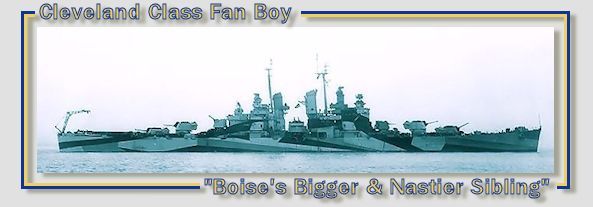





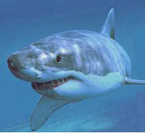
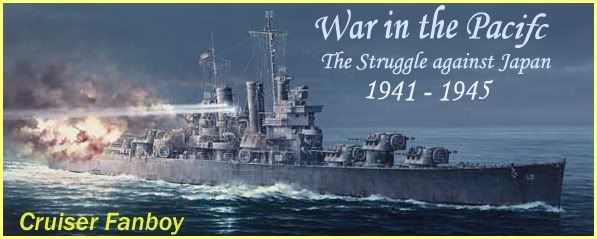








 Actually, now that you've got me thinking about it, has anyone tested that aircraft can not climb above their max altitude in combat? I know you can't set their altitude higher than the fighter's max in the unit screen, but will the program have them climb above that when intercepting enemy aircraft?
Actually, now that you've got me thinking about it, has anyone tested that aircraft can not climb above their max altitude in combat? I know you can't set their altitude higher than the fighter's max in the unit screen, but will the program have them climb above that when intercepting enemy aircraft?





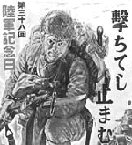
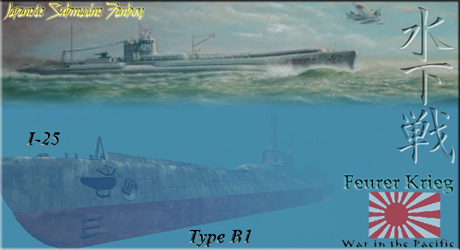


 New Messages
New Messages No New Messages
No New Messages Hot Topic w/ New Messages
Hot Topic w/ New Messages Hot Topic w/o New Messages
Hot Topic w/o New Messages Locked w/ New Messages
Locked w/ New Messages Locked w/o New Messages
Locked w/o New Messages Post New Thread
Post New Thread